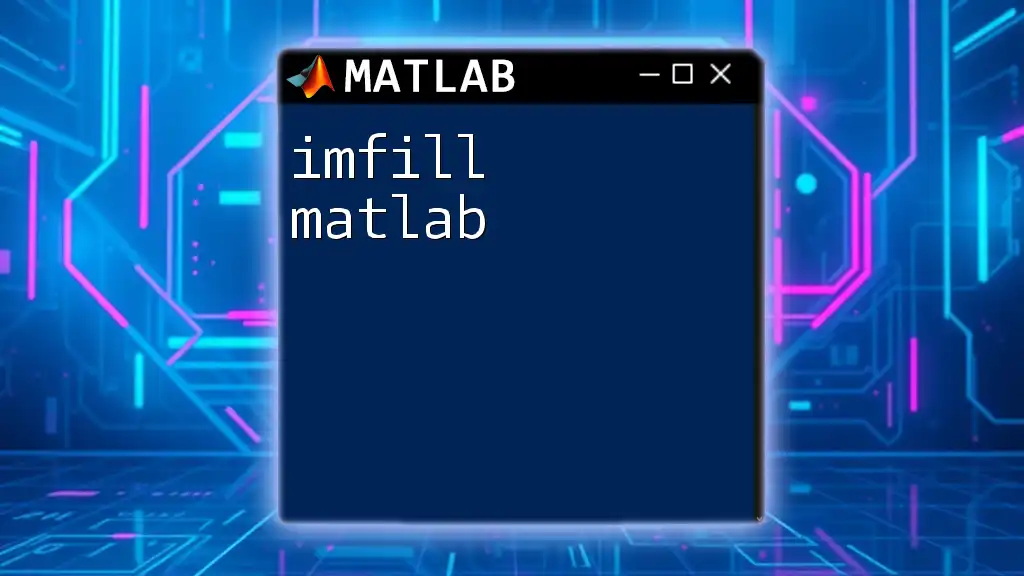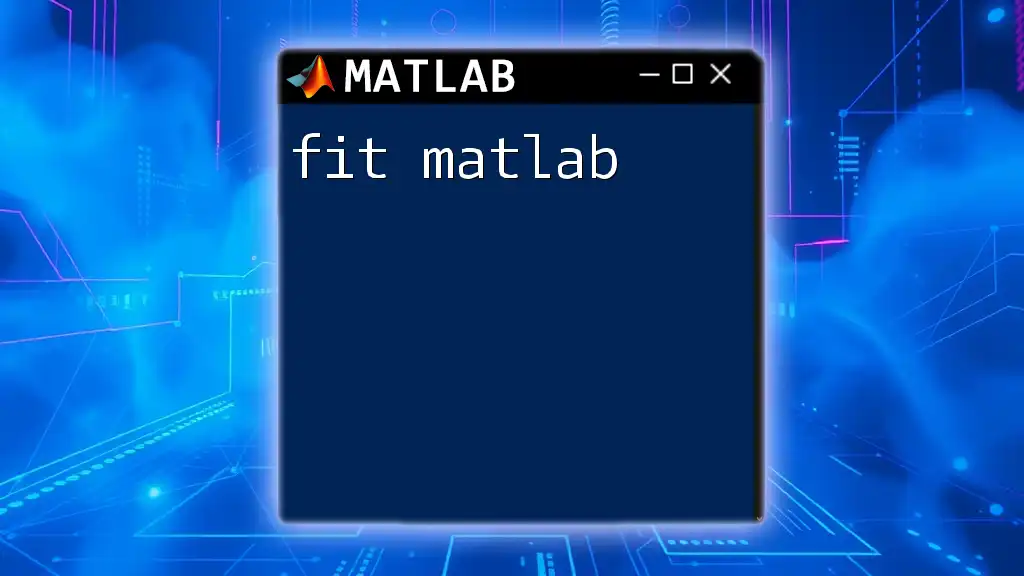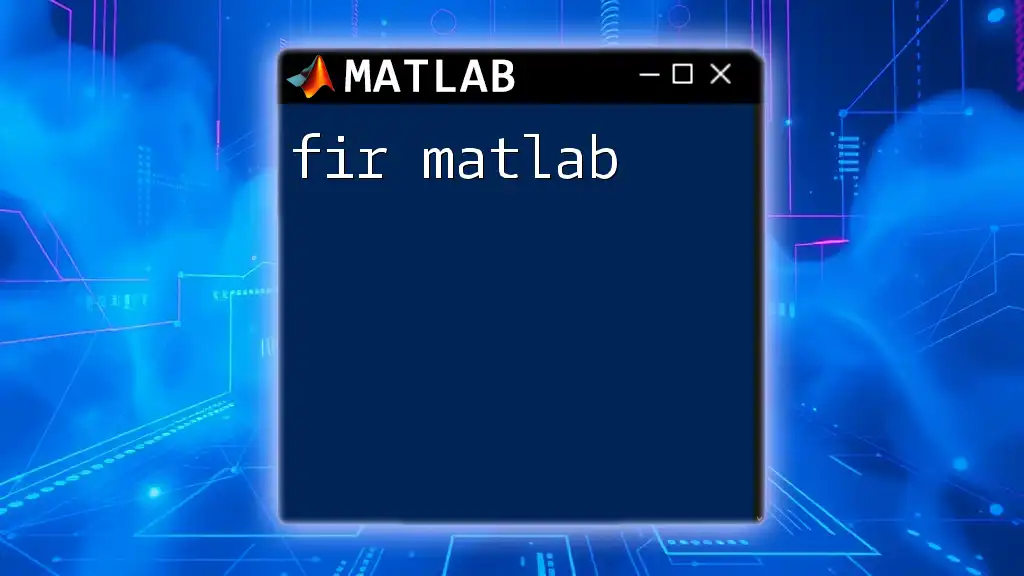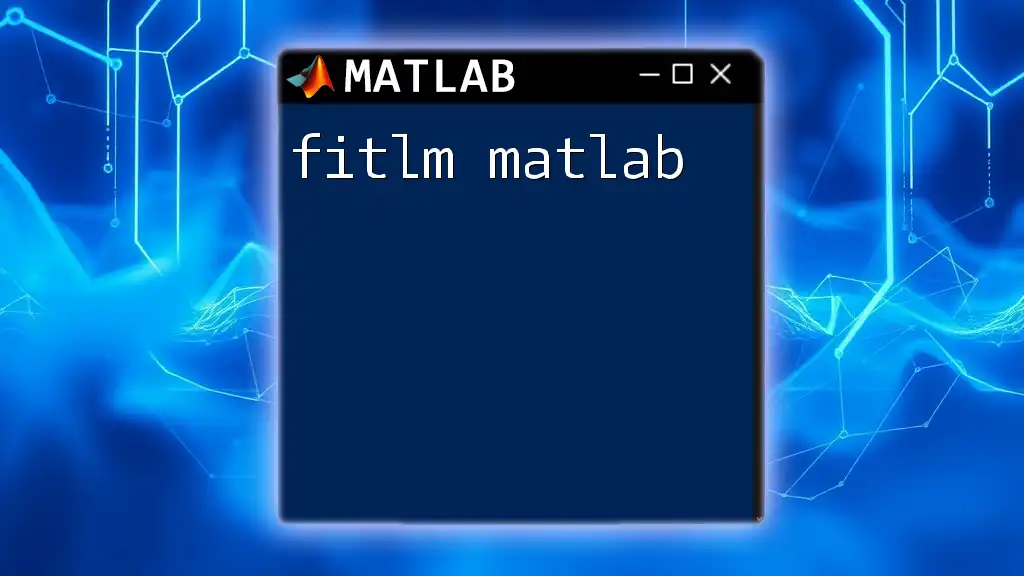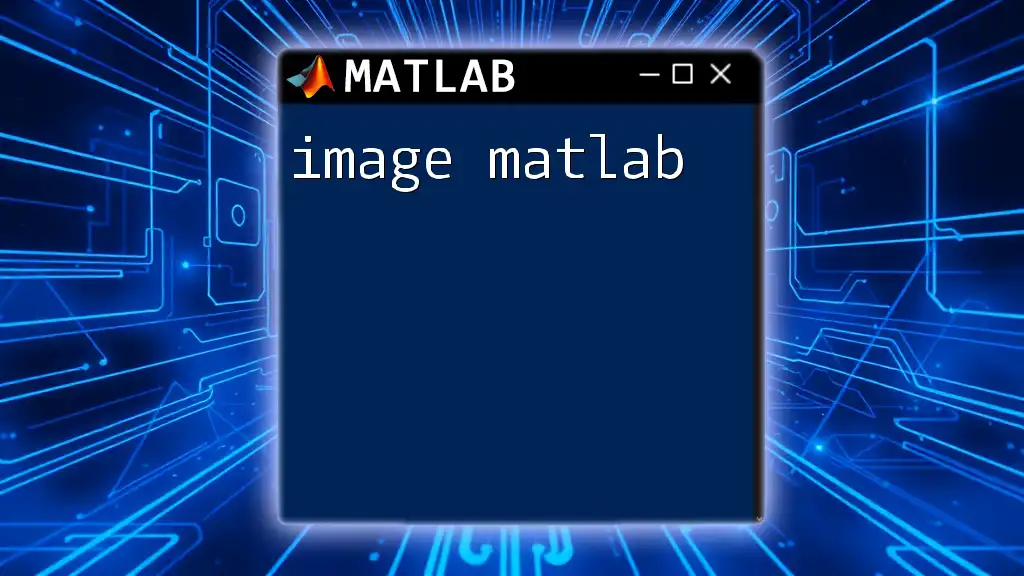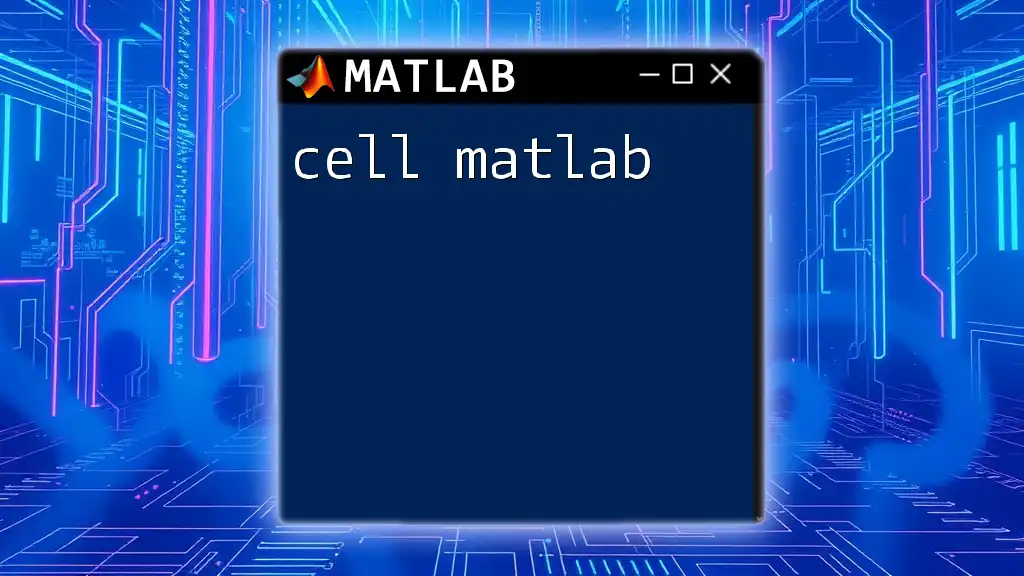The `imfill` function in MATLAB is used to fill holes in a binary image or to fill regions in grayscale images, ensuring that the filled areas have a value consistent with the surrounding pixels.
Here's a simple example of using `imfill` to fill holes in a binary image:
% Create a binary image with a hole
BW = logical([0 0 0 1 1 0 0 0;
0 0 1 1 1 1 0 0;
0 0 1 0 0 1 0 0;
0 0 0 1 1 0 0 0]);
% Fill the holes in the binary image
filledBW = imfill(BW, 'holes');
% Display the original image and the filled image
figure;
subplot(1,2,1), imshow(BW), title('Original Image');
subplot(1,2,2), imshow(filledBW), title('Filled Image');
Understanding Image Filling
Image filling is a fundamental concept in image processing that involves replacing gaps or holes within an object in a binary image. This technique is crucial for various tasks, such as image segmentation, where filling holes enhances the object representation. Filling operations are pivotal in applications ranging from medical imaging to satellite imagery analysis.
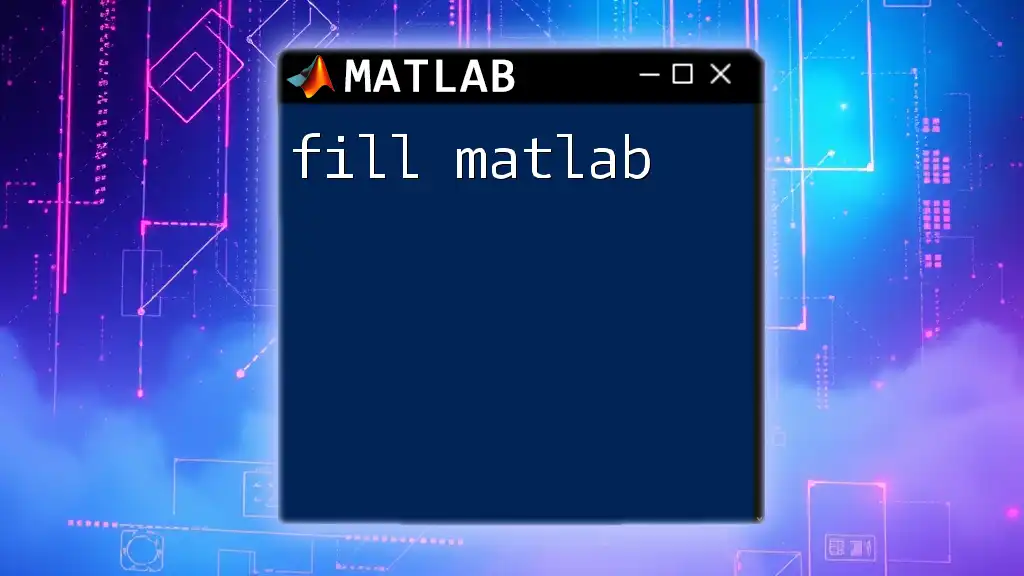
MATLAB and Image Processing
MATLAB stands out for its robust capabilities in image processing, especially with its Image Processing Toolbox. This toolbox includes various built-in functions tailored for image manipulation, analysis, and visualization, making it easier for users to perform complex tasks with minimal effort.
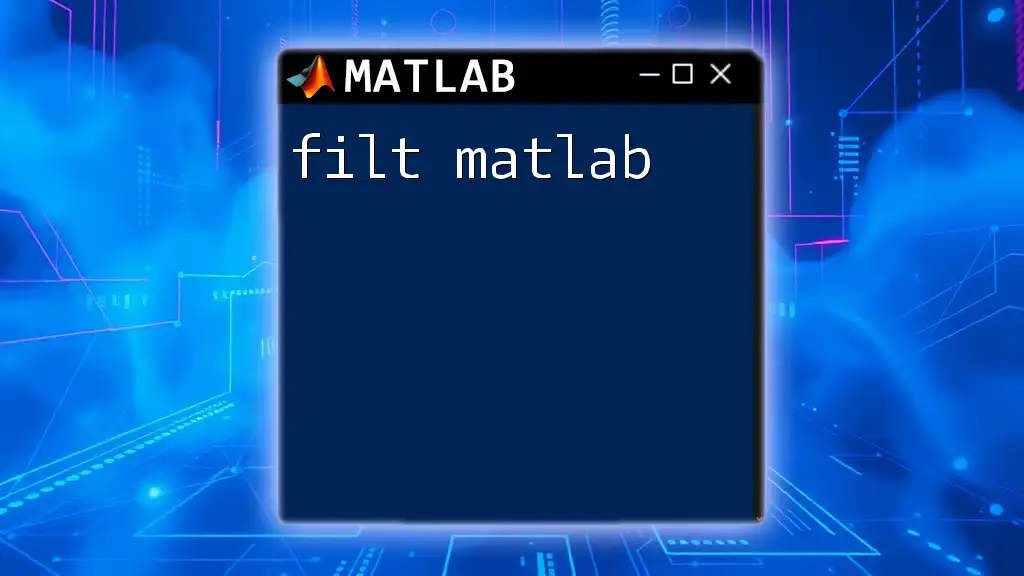
What is `imfill`?
Definition of `imfill`
The `imfill` function in MATLAB is designed to fill holes in binary images. When you apply `imfill`, it scans through the binary image, identifies the areas deemed as holes (i.e., regions surrounded by pixels with the value of 1), and restores those regions to the specified value.
Syntax of `imfill`
The basic syntax for `imfill` is as follows:
outputImage = imfill(inputImage, 'holes');
An additional optional parameter is `'inf'`, which can be used to fill parts of the image that are infinitely distant from the edges. Understanding how to use these options is essential for maximizing the function's utility.

How to Use `imfill` in MATLAB
Step-by-step Example
Example Scenario: Filling Holes in a Binary Image
To illustrate the practical use of `imfill`, let’s walk through an example of filling holes in a binary image.
Step 1: Load the Image
First, you need to load an image into MATLAB. Here’s how you can do it:
bwImage = imread('sampleImage.png');
Step 2: Create a Binary Image
Next, you’ll want to convert that image to a binary format. This is typically done using grayscale conversion followed by thresholding:
binaryImage = imbinarize(rgb2gray(bwImage));
Step 3: Apply `imfill`
Once you have a binary image, apply the `imfill` function to fill in the holes:
filledImage = imfill(binaryImage, 'holes');
Step 4: Display Results
You can visualize your original and filled images side by side with the following code:
figure;
subplot(1, 3, 1), imshow(binaryImage), title('Binary Image');
subplot(1, 3, 2), imshow(filledImage), title('Filled Image');
Visualizing the Results
Visual feedback is crucial in image processing, especially when assessing the effectiveness of functions like `imfill`. By comparing the original binary image to the filled version, you can clearly see the improvements in the structure of the objects depicted in the image, enhancing both analysis and visual aesthetics.

Techniques to Optimize the Use of `imfill`
Combining with Other Functions
For better results, think about pre-processing your images before applying `imfill`. Functions like `imclose` or `imerode` can help refine your binary images. Here’s an example of a combined approach:
preProcessedImage = imclose(binaryImage, strel('disk', 3));
filledImage = imfill(preProcessedImage, 'holes');
This example shows how morphological operations can close small gaps before filling, leading to cleaner results.
Parameters Tuning
Different images may require different parameter configurations. Pay attention to characteristics such as contrast and noise levels. You might need to adjust your pre-processing steps or parameters used in `imfill`, especially when working with complex images where holes vary considerably in size and shape.
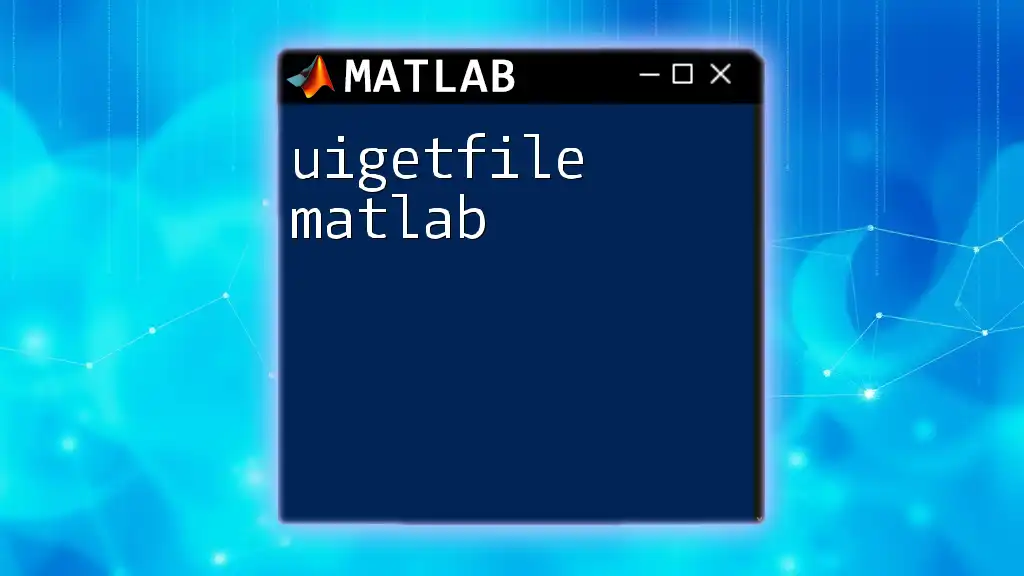
Troubleshooting Common Issues
When `imfill` Seems Not to Work
Sometimes, the `imfill` function may not yield the expected results. Common pitfalls include using non-binary images or misconfigured parameters. Double-check to ensure your input is indeed a binary image, and verify that you are using appropriate options based on the characteristics of your image.
Performance Considerations
When working with large images, performance may become an issue. If your images are too large, consider downscaling them using the `imresize` function, or process them in smaller sections to avoid overwhelming system memory.

Practical Applications of `imfill`
Real-World Use Cases
The applications of `imfill` are vast, spanning various fields. For instance, in medical imaging, it can be used to fill holes in MRI or CT scans, enhancing image analysis for better diagnostics. In satellite imaging, filling helps in correcting imperfections that can arise from sensor obstructions or noise, leading to more accurate land use analysis.
For further understanding, consider studying a case where `imfill` was essential in improving the visibility of features within a medical imaging dataset, significantly aiding in disease detection and treatment planning.

Conclusion
The `imfill` function in MATLAB is an invaluable tool for image processing, assisting in filling holes to enhance object representation in binary images. By mastering its syntax and exploring optimization techniques, you can improve your workflow and attain better results in your image processing tasks.
Experimentation is key! Try using `imfill` in your own projects, and don't hesitate to share your findings. Each application may reveal new insights about its capabilities, offering you the chance to deepen your understanding of image processing in MATLAB.

Call to Action
Have you used `imfill` in your projects? Share your experiences and results! Join the community of MATLAB enthusiasts and subscribe for more insights, tutorials, and tips to elevate your MATLAB skills.

